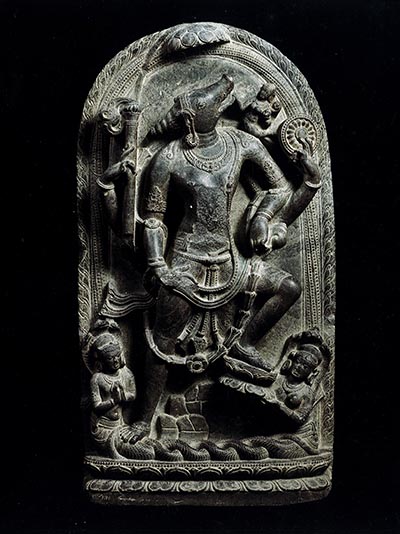Bogra officially known as Bogura, is a major city located in Bogra District, Rajshahi Division, Bangladesh. The city is a major commercial hub in Northern Bangladesh. It is the second largest city in Rajshahi Division with a population of over 1.2 million residents. The Bogra Bridge connects the Rajshahi Division and Rangpur Division.
Bogra is named after Nasiruddin Bughra Khan, the Governor of Bengal from 1279 to 1282 and the son of Delhi Sultan Ghiyasuddin Balban. The city is approximately 71.56 km2 (27.63 sq mi) and is divided into 21 wards. Bogra has a population of around 12,40,000 people. Since it is one of the oldest cities in Bengal, Bogra is famous for its many ancient Buddhist stupas, Hindu temples, and ancient palaces of Buddhist kings and Muslim sultans. The city has produced notable personalities including Prime Minister Muhammad Ali Bogra of Pakistan, President Ziaur Rahman of Bangladesh, both of whom were born or have lived in the city. Easy accessibility by road and railway makes Bogra a commercial center for the southern Barind region, between the upper Padma (Ganges [Ganga]) and Jamuna rivers. It was incorporated as a municipality in 1876. It has a park, a theatre hall, and a nursery for silk production and also is the seat of many government colleges. The site of Mahasthan (identified by inscriptions as Pundravardhana), capital of the Pundra dynasty, lies just north of the city; it dates from the time of the Mauryan Empire (c. 321–185 BCE) and flourished during the Gupta (early 4th to late 6th century CE) and Pala (late 8th–mid-12th century) periods. Pop. (2001) 154,807; (2011) 350,397.







